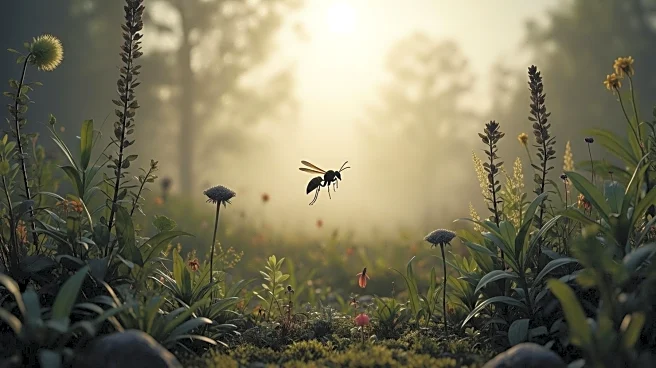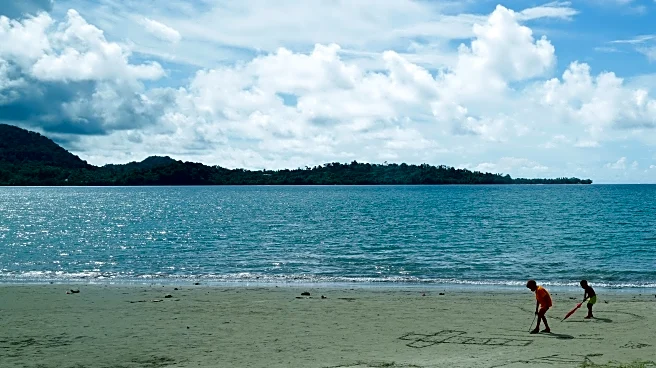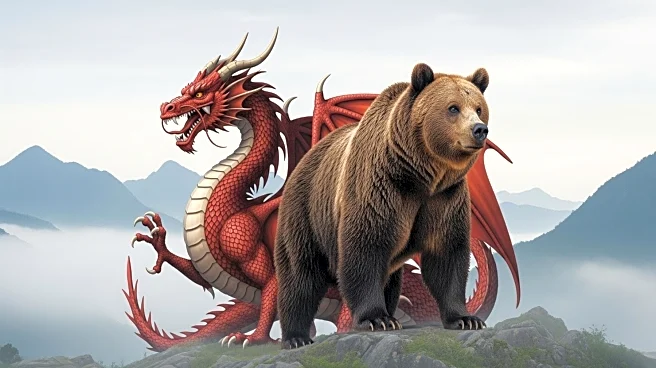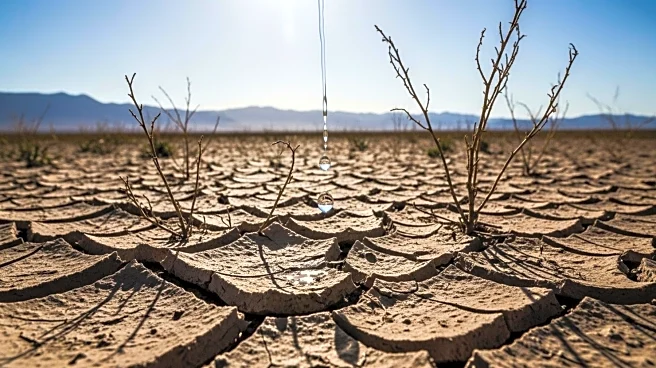What's Happening?
Scientists have raised concerns about the presence of invasive parasitic wasps, Bootanomyia dorsalis, from Europe on both the East and West Coasts of the United States. These wasps, although small in size, pose a significant threat to native wasp species by disrupting their reproductive processes. The invasive wasps lay eggs inside the galls of native oak gall wasps, consuming the native wasps' young upon hatching. This invasion could potentially affect the populations of native oak gall wasp species and other native parasites. The spread of these invasive species has been facilitated by rising global temperatures, which allow them to thrive in new regions.
Why It's Important?
The presence of invasive species like Bootanomyia dorsalis highlights the broader ecological challenges posed by climate change. Invasive species can outcompete native flora and fauna, leading to disruptions in local ecosystems, food supply chains, and economic activities. Historically, invasive species have been a major driver of extinctions, contributing to significant biodiversity loss. Addressing the spread of these species is crucial for maintaining ecological balance and protecting native species, which are vital for healthy ecosystems and local economies.
What's Next?
Efforts to manage invasive species involve identifying and tracking their spread, as demonstrated by the research on B. dorsalis. This information is essential for developing policies and programs to mitigate their impact. Individuals can contribute by cultivating native gardens, which support local pollinators and wildlife, thereby strengthening local ecosystems. Continued research and public awareness are key to combating the negative effects of invasive species.














